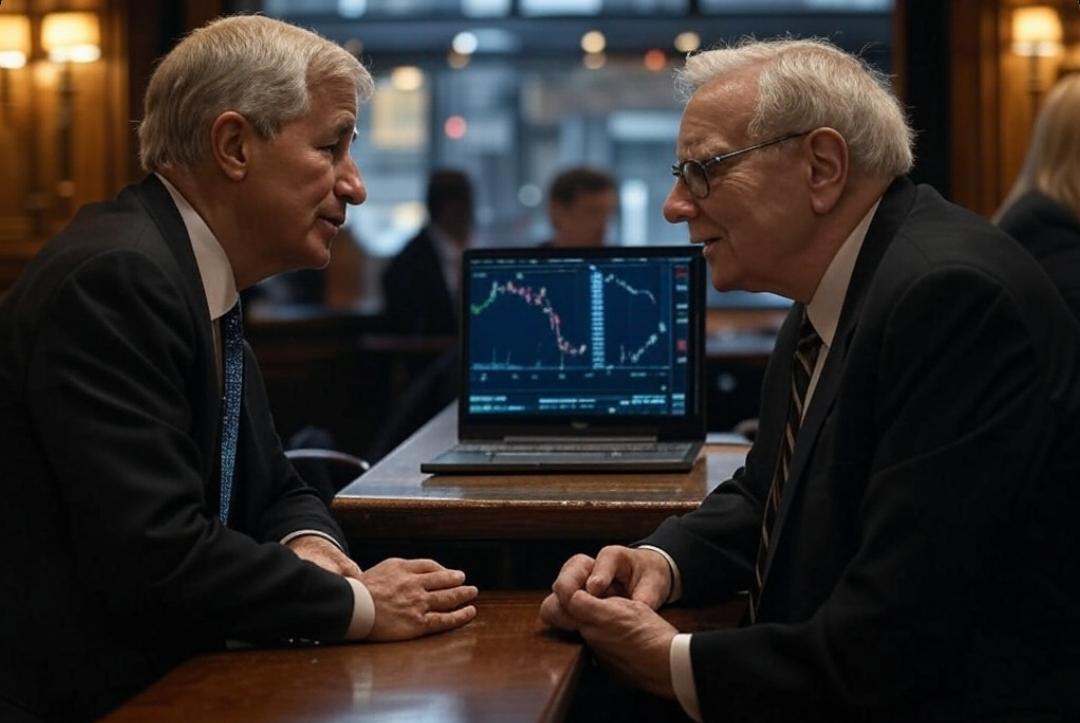
The past few weeks have been nothing short of extraordinary for financial markets. Key decisions by two of the most influential figures in finance—Jamie Dimon and Warren Buffett—coincided with a steep decline in the Nasdaq 100 index, leaving investors questioning whether these moves were predictive signals of an impending downturn.
Jamie Dimon's Timely $234M Stock Sale
On February 20, 2025, JP Morgan CEO Jamie Dimon sold approximately 866,361 shares of JPMorgan Chase (JPM), amounting to $234 million. These shares were sold at an average price of $269.83 through various family trusts and LLCs.
Dimon’s trades have historically been viewed as leading indicators for market sentiment. His decision to sell such a large position marked his second major sale in a year—the first since he took over the bank 19 years ago. The aftermath? JPM stock plummeted 13% in just a few days.
Dimon has signaled that he plans to sell a total of 1 million JPM shares by August 1, 2025. This move has drawn parallels to his market call in May 2020, when he labeled JPM stock as "very valuable" amid the COVID-19 crash. Following his statement, JPM surged 41% within three weeks, marking a historic bottom.
Warren Buffett's Record $334 Billion Cash Pile
Just two days later, on February 22, Warren Buffett's Berkshire Hathaway made headlines by announcing a record-breaking $334 billion cash balance. This marked a staggering $145.2 billion increase from Q1 2024 to Q4 2024.
A notable portion of this cash—$286.5 billion—was allocated to U.S. Treasury Bills, making Berkshire the largest private holder of T-bills, surpassing even the U.S. Federal Reserve’s $195.3 billion stake.
Buffett was asked why he was stockpiling so much cash instead of investing. His response was telling:
“Often, nothing looks compelling; very infrequently we find ourselves knee-deep in opportunities.”
This statement strongly implied that Buffett believed stocks were overvalued. Even more notably, Berkshire Hathaway repurchased zero shares of its own stock in Q4 2024, marking the second straight quarter without buybacks—a sign that Buffett thinks even his own company's stock is not trading at a bargain.
Nasdaq 100 Falls -11% in 12 Days
Following these two major developments, the markets went into a tailspin. Over the next 12 days, the Nasdaq 100 plunged -11%, marking a steep correction. Other risky assets, including cryptocurrencies, lost a staggering $700 billion in market value within just a week.
Adding fuel to the fire, President Donald Trump announced new tariffs on Mexico, Canada, and China, escalating global trade tensions. Investors quickly moved to risk-off mode, shifting capital into safer assets such as Treasury Bills—the very instruments Buffett had been accumulating.
What Comes Next?
With Jamie Dimon still selling JPM shares, Warren Buffett hoarding cash, and geopolitical risks escalating, markets remain on shaky ground. The question now is whether this downturn will be a temporary correction—or the start of something much bigger.
Investors should stay cautious, monitor key indicators, and prepare for heightened volatility in the coming months.




